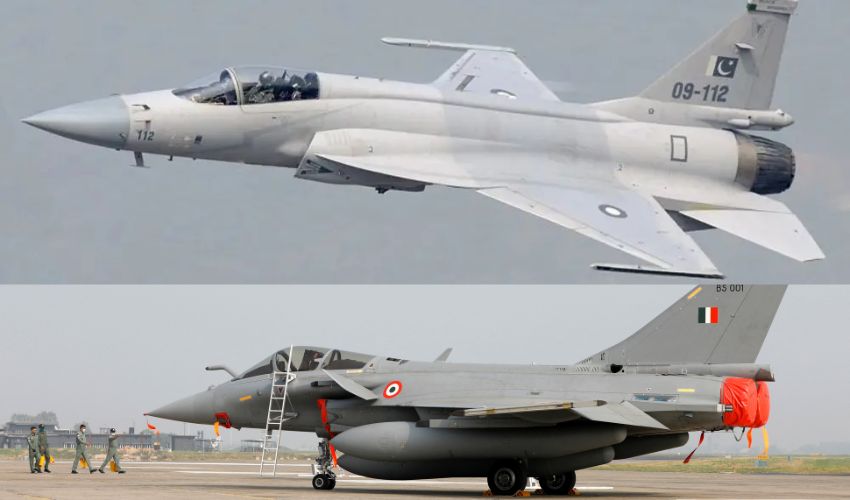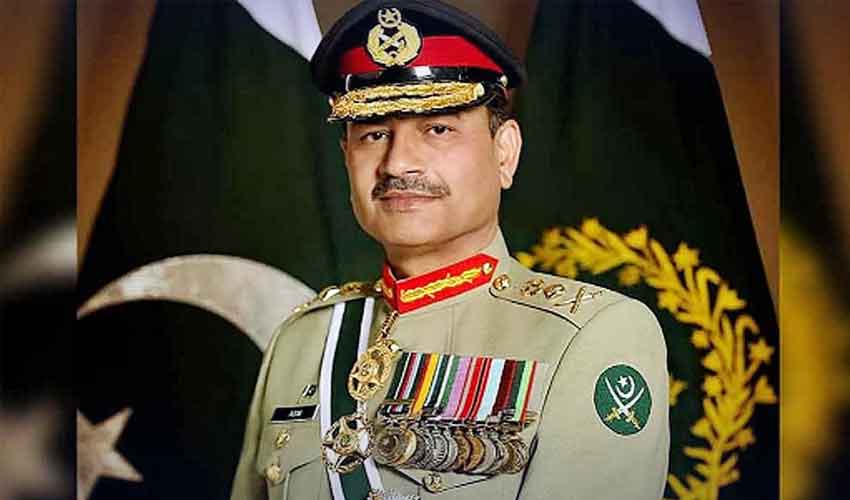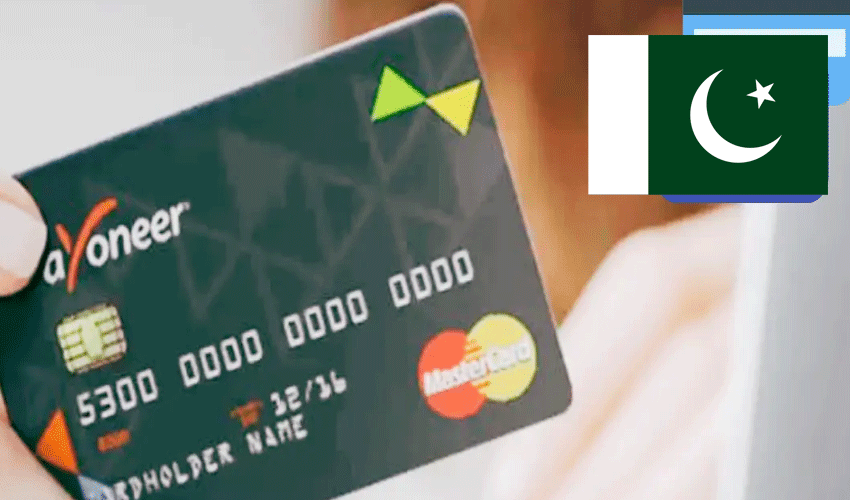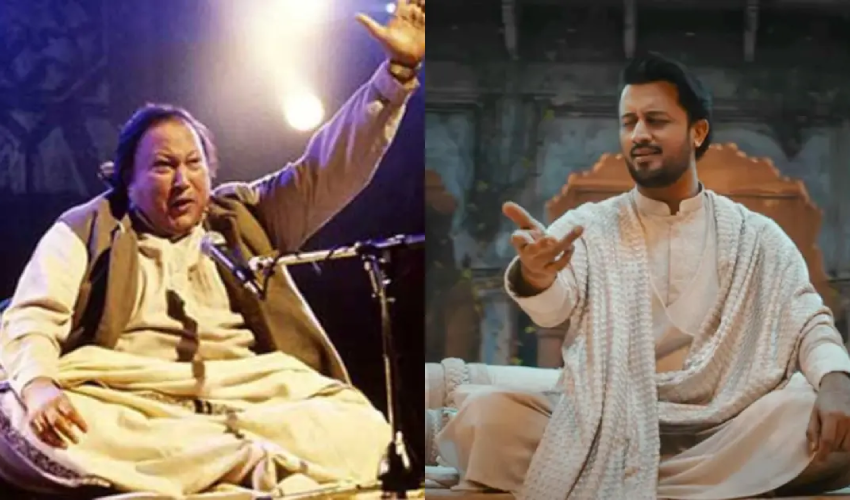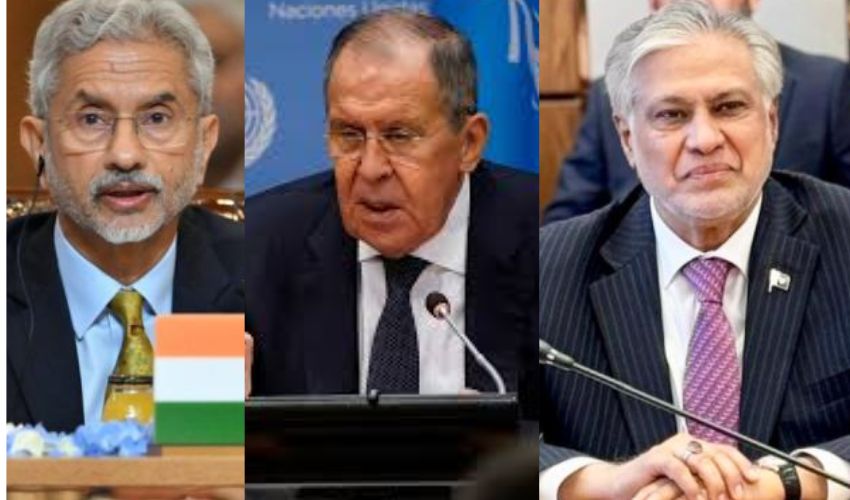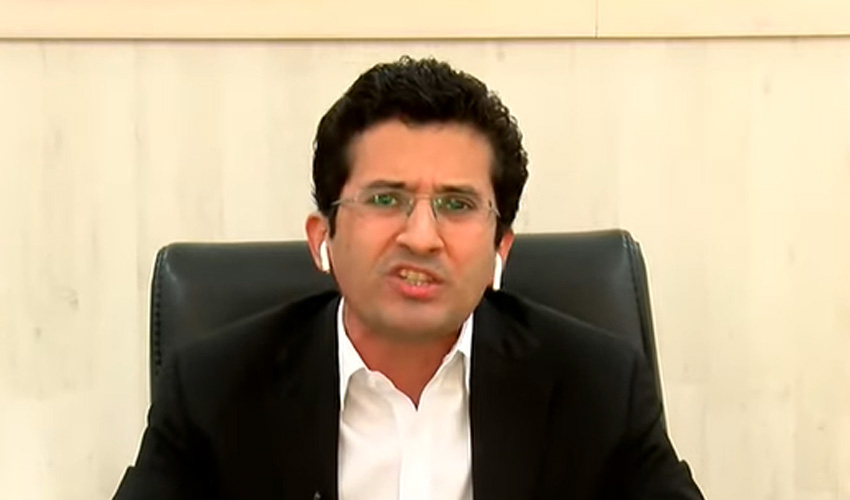The majority of the Pakistan population is youth consisting of 64% percent of the total registered voters, who aspired to get employment amid the harsh reality of economic challenges and are facing the dilemma of going abroad in quest of a better future.
As per the Election Commission of Pakistan (ECP) data, youth voters surged up to 56.86 million from 46.43million in 2018, reflecting an increase of 10.42 million in around six years and placing the cohort in a position to play a crucial role in determining the outcome of a general election set to take place in this month.
Analysts say a huge number of young voters, a majority of whom use social media, so, in the upcoming every constituency mostly depends on the youth.
The list published by ECP, shows 23.51 million voters between the ages 18 and 25, while the age group of 26-33 is 33.3 million. Between the age group of 26-35 years is 33.34million. In addition, another 28.74 million voters are in the age bracket of 36-45.
Khyber Pakhtunkhwa (KP) Bajaur district, consists of 54.45 young voters. In Punjab, Dera Ghazi Khan district is the only district having over 50pc young voters. In Sindh, Ghotki district has the highest proportion 47.95pc of young voters. In Balochistan Dera Bugti, is the top consisting of youngster voters 52.92.
Employment hopes
According to the Bureau of Immigration and Overseas Employment (BIOE) over 862,625 Pakistanis left the country in search of better opportunities in 2023.
Political parties and youth
Three main political parties including Pakistan Muslim League-Nawaz (PML-N) led by former Minister Nawaz Sharif, Pakistan Tehreek-e-Insaf (PTI) led by former prime minister Imran Khan while Pakistan People’s Party (PPP) led by Bilawal Bhutto Zardari.
PTI claimed to win the 2013 elections in Khyber Pakhtunkhwa and the 2018 elections with the support of the youth. The party insisted it made the youth a prominent ‘political force’.
On the other hand, PPP is unveiled multifaceted policies to woo voters by giving the party chairmanship to Bilawal Bhutto, who presented himself as a new youth face with an intent to work for the country. Bilawal is being assisted by his younger sister Asifa Bhutto. Commentators say it is a ‘smart move’ by PPP.
PML-N Senior Vice President Maryam Nawaz Sharif also addressed youth voters in her party’s political gatherings presenting the manifesto base on youth employment and focusing on the country’s infrastructure.
Manifestos, literacy rate and voters turnout
Given the large number of young voters, mainstream parties should focus on education and skill development as mainstream issues in Sindh Rural and Balochistan as 55 percent illiteracy rate in both provinces. As per estimates, 10 million students are away from school in both provisions.
Whichever party makes the upcoming government, must present a road map for teenagers and should strengthen state-owned colleges and universities in all provinces with special emphasis on Sindh and Balochistan.
The Constitution of Pakistan committed through Articles 37-B and 25-A that the state shall provide education to every child.
One such step by which our country could progress is adapting information technology infrastructure largely in urban areas with a focus on including the youth present in rural and periphery areas of the country in a bid to bridge the digital divide gap.
Political parties need to understand the fact if they lose the boat to woo the young voters in the upcoming elections, the youth that is being dubbed as an assent will be turned into a ‘liability’. Living in the era of fifth-generation warfare (FGW) youth acts as a frontline of our country. Political parties must solve youth issues in their manifestos.
It all depends, on how many young voters would show up on February 8 and cast their votes to elect their representatives.










